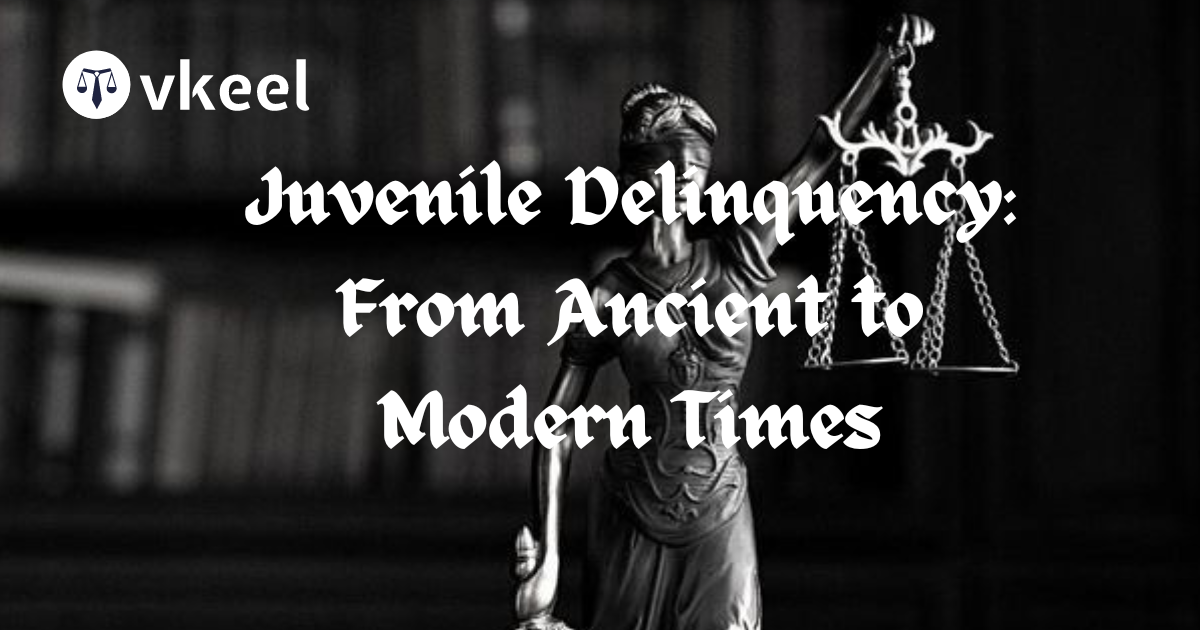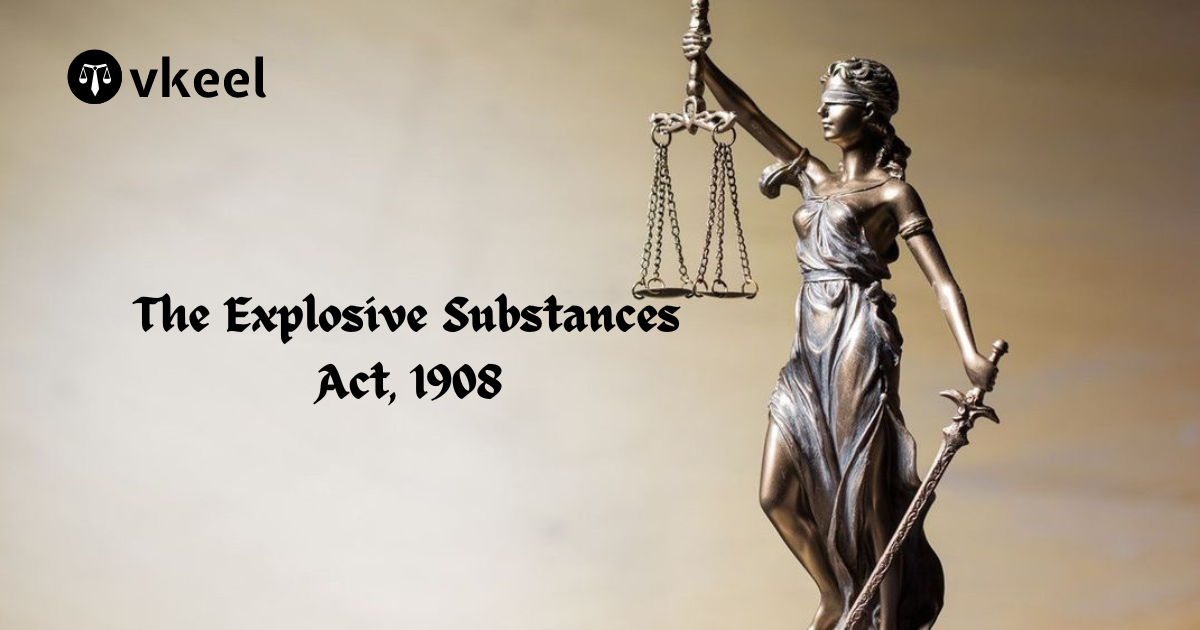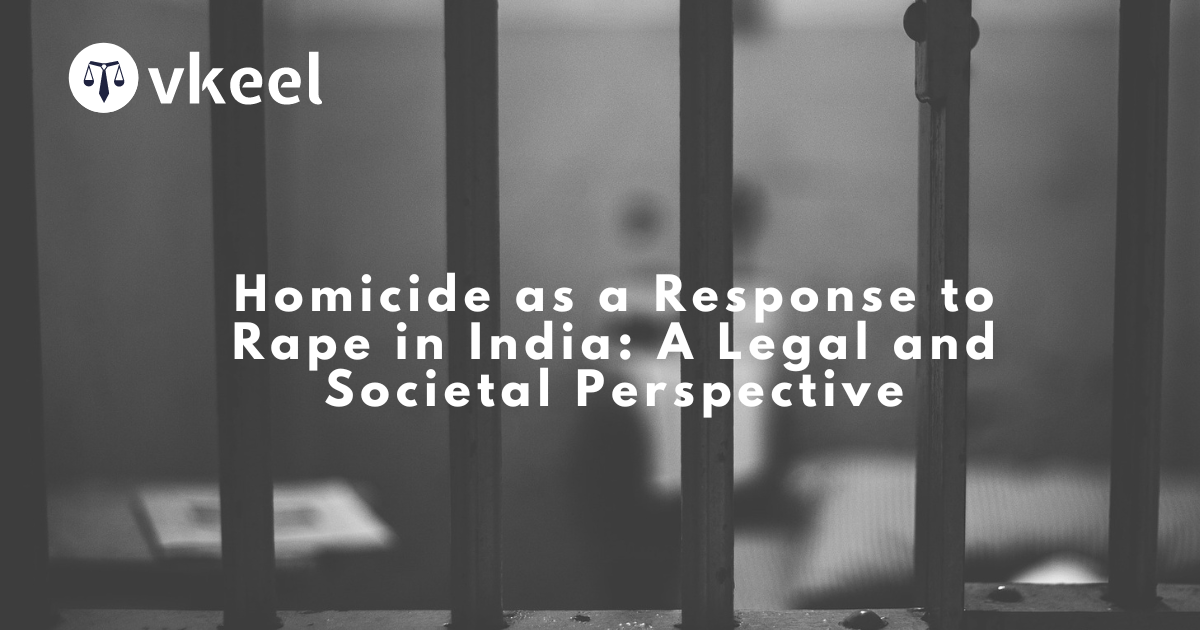Juvenile Delinquency: From Ancient to Modern Times
By Himanshu Kumar
Table of Contents
Introduction
Juvenile delinquency, the participation of minors in unlawful activities, has been a social concern since ancient times. Societal attitudes, legal responses, and rehabilitative measures have evolved significantly from antiquity to the present day.
The primary reason for juvenile delinquency is often rooted in a combination of environmental, social, and psychological factors that influence a young person’s behavior. Socioeconomic challenges, such as poverty, lack of access to education, and unstable family environments, play a significant role. Children growing up in impoverished neighborhoods may experience higher levels of stress, exposure to crime, and limited opportunities for positive development. Additionally, family dynamics, including parental neglect, abuse, or a lack of supervision, can contribute to a child’s propensity to engage in delinquent behavior. When children do not receive proper guidance, support, and positive role models, they are more likely to turn to peer groups and potentially harmful activities to find a sense of belonging and identity.
Psychological factors also significantly contribute to juvenile delinquency. Mental health issues, such as conduct disorders, depression, and anxiety, can predispose children to engage in criminal behavior if left untreated. Moreover, children who experience trauma or adverse childhood experiences (ACEs) are at a higher risk of developing behavioral problems. Peer pressure and the desire for social acceptance can further exacerbate these issues, leading juveniles to engage in delinquent acts to gain approval from their peers. Addressing these underlying factors through comprehensive support systems, mental health services, and community-based interventions is essential in preventing juvenile delinquency and promoting positive development among at-risk youth.
Juvenile Delinquency in Ancient Times
In ancient civilizations, children were often treated as miniature adults, and there was little distinction in the way society addressed crimes committed by minors compared to those committed by adults. However, there were notable differences in cultural attitudes and responses to juvenile delinquency across different civilizations.
- Ancient Rome and Greece: In Rome, the paterfamilias held absolute authority over his household, including the power to punish children for misdeeds. Greek society, particularly in Athens, showed some recognition of the different needs and treatment of juveniles. For instance, Plato and Aristotle discussed the importance of education and moral development in youths, indicating an early understanding of the importance of addressing juvenile behavior differently from that of adults.
- Ancient India: Ancient Indian legal texts like the Manusmriti and Arthashastra emphasized moral education and discipline for children. Punishments for juveniles were often less severe than for adults, reflecting an early recognition of the need for age-appropriate responses to delinquency.
- Medieval Europe: During the medieval period, the concept of childhood began to take shape, but children were still subject to the same harsh punishments as adults. The age of criminal responsibility was typically very low, often around seven years old. The Church played a significant role in disciplining and reforming juveniles, with an emphasis on moral and religious education.
The Birth of the Modern Juvenile Justice System
The modern concept of juvenile justice began to take shape in the 19th century with the recognition that children and adolescents required different legal treatment than adults. This period saw the establishment of the first juvenile courts and the introduction of legal reforms aimed at rehabilitating rather than punishing young offenders.
- The Juvenile Court Movement: The first juvenile court was established in Cook County, Illinois, in 1899. This marked a significant shift in the treatment of juvenile offenders, focusing on rehabilitation and the idea that the state should act as a guardian for neglected and delinquent children. The establishment of juvenile courts spread rapidly across the United States and other parts of the world.
- Early Legislation: Early 20th-century legislation in various countries began to codify the principles of juvenile justice. In the United States, the Juvenile Delinquency Prevention and Control Act of 1968 and the Juvenile Justice and Delinquency Prevention Act of 1974 established federal standards for the treatment of juvenile offenders. In the UK, the Children Act of 1908 laid the groundwork for a separate juvenile justice system.
Juvenile Delinquency in Modern Times
Modern juvenile justice systems are characterized by a focus on rehabilitation, prevention, and the protection of children’s rights. However, these systems also grapple with the complexities of serious juvenile crime and the need for accountability.
- Juvenile Justice (Care and Protection of Children) Act, 2015 (India): The JJ Act, 2015, is a comprehensive legal framework designed to address juvenile delinquency in India. It includes provisions for the establishment of Juvenile Justice Boards (JJBs) and Child Welfare Committees (CWCs) to handle cases involving juveniles. The Act also introduced the controversial provision allowing juveniles aged 16 to 18 to be tried as adults for heinous offenses.
- United States: The juvenile justice system in the U.S. has evolved to include a range of rehabilitative and preventive measures. The Juvenile Justice and Delinquency Prevention Act (JJDPA) of 1974 remains a cornerstone of federal juvenile justice policy, focusing on deinstitutionalizing status offenders, reducing racial disparities, and improving conditions in juvenile detention facilities. The landmark case In re Gault (1967) granted juveniles the right to due process, including the right to legal counsel, in delinquency proceedings.
- United Kingdom: The UK has also seen significant reforms in its juvenile justice system. The Children and Young Persons Act 1933 established separate juvenile courts and emphasized the welfare of the child. More recent reforms, such as the Youth Justice and Criminal Evidence Act 1999, have focused on restorative justice and reducing the incarceration of young offenders.
Landmark Case Laws
Several landmark case laws have shaped the modern juvenile justice system and the treatment of juvenile delinquency in India as well as across globe .
- In re Gault (1967, USA): This U.S. Supreme Court case revolutionized the juvenile justice system by granting juveniles the same due process rights as adults. Gerald Gault, a 15-year-old, was sentenced to a state industrial school without proper legal representation or due process. The Court’s decision emphasized that juveniles are entitled to notice of charges, legal counsel, confrontation and cross-examination of witnesses, and protection against self-incrimination.
- Roper v. Simmons (2005, USA): The U.S. Supreme Court ruled that it is unconstitutional to impose the death penalty for crimes committed by individuals under 18. This landmark decision underscored the recognition of the developmental differences between juveniles and adults and the need for age-appropriate sentencing.
- Javed Ahmed Ghamidi vs State of Haryana (2012, India): The Supreme Court of India ruled that juveniles could not be tried as adults, reinforcing the principles of juvenile justice and rehabilitation. This case highlighted the importance of protecting juvenile offenders’ rights and ensuring their treatment aligns with international standards.
- Vikram Singh vs Union of India (2015, India): This case dealt with the constitutional validity of treating juveniles differently from adults in heinous crimes. The Supreme Court upheld the JJ Act’s provisions, emphasizing the need for a balance between protecting society and rehabilitating juveniles.
Amendments and Reforms
Juvenile justice systems worldwide continue to evolve through legislative amendments and reforms aimed at improving the treatment and rehabilitation of juvenile offenders.
- Juvenile Justice (Care and Protection of Children) Amendment Act, 2021 (India): This amendment aimed to streamline the adoption process and strengthen implementation mechanisms. Key changes included empowering District Magistrates to monitor agencies responsible for implementing the Act and ensuring a more transparent adoption process.
- Juvenile Justice Reform Act (2018, USA): This U.S. federal law reauthorized and strengthened the JJDPA, emphasizing the reduction of racial and ethnic disparities, improving conditions of confinement, and enhancing the focus on evidence-based prevention and intervention programs.
- Youth Justice and Criminal Evidence Act 1999 (UK): This Act introduced significant reforms in the UK, including the establishment of Youth Offending Teams (YOTs) and the use of restorative justice approaches. The aim was to reduce reoffending rates and provide more effective interventions for young offenders.
Challenges and Future Directions
Despite significant progress, juvenile justice systems worldwide face ongoing challenges and debates:
- Balancing Rehabilitation and Accountability: Striking the right balance between rehabilitating juvenile offenders and ensuring accountability for serious crimes remains a complex issue. The provision allowing juveniles to be tried as adults for heinous offenses, as seen in India, continues to be controversial.
- Addressing Racial and Socioeconomic Disparities: Disparities in the treatment of juveniles based on race and socioeconomic status persist in many countries. Efforts to address these disparities through reforms and targeted interventions are essential for achieving a fair and equitable juvenile justice system.
- Mental Health and Trauma: Many juvenile offenders have experienced significant trauma and mental health issues. Providing adequate mental health services and trauma-informed care is crucial for their rehabilitation and reintegration.
- Preventive Measures and Community Support: Emphasizing preventive measures and community-based support systems can help reduce juvenile delinquency. Investing in education, family support, and community programs is key to addressing the root causes of juvenile crime.
Conclusion
Juvenile delinquency has been a societal concern since ancient times, evolving significantly in terms of legal responses and societal attitudes. Modern juvenile justice systems focus on rehabilitation, prevention, and the protection of children’s rights while grappling with the complexities of serious juvenile crime. Landmark case laws and legislative amendments have shaped contemporary approaches, emphasizing the need for age-appropriate treatment and rehabilitation. As juvenile justice systems continue to evolve, addressing ongoing challenges and ensuring a fair and effective approach to juvenile delinquency remains a critical priority for societies worldwide.
Disclaimer:
The information provided in the article is for general informational purposes only, and is not intended to constitute legal advice or to be relied upon as a substitute for legal advice. Furthermore, any information contained in the article is not guaranteed to be current, complete or accurate. If you require legal advice or representation, you should contact an attorney or law firm directly. We are not responsible for any damages resulting from any reliance on the content of this website.







